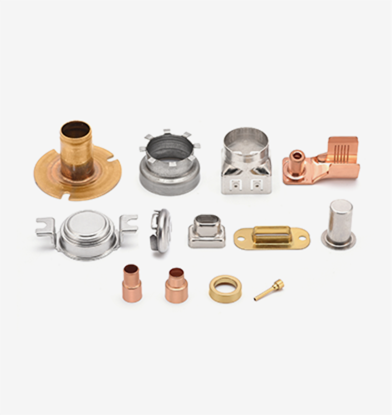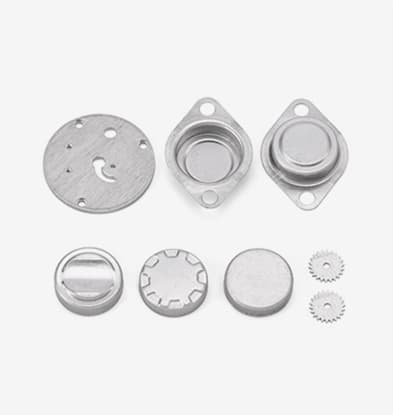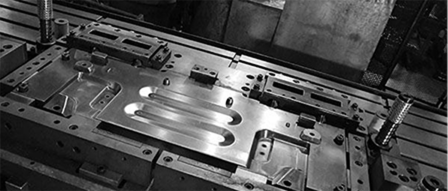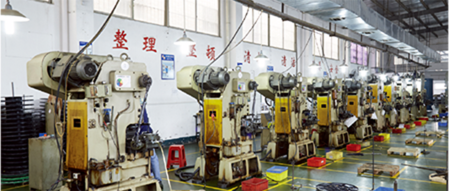Curving Connectivity: the Impact of Bending Parts in Optical Fiber Communication Systems
In the modern world, where communication is key, the development of efficient and reliable systems is of utmost importance. Optical fiber communication systems have emerged as a game-changer in this regard, offering fast and high-quality data transmission. One crucial aspect of these systems is the inclusion of bending parts, which play a significant role in ensuring smooth connectivity. In this blog, we will explore the impact of bending parts in optical fiber communication systems and how it affects the overall efficiency and effectiveness of these systems.
Understanding Bending Parts in Optical Fiber Communication Systems
Bending parts, as the name suggests, are components of optical fiber communication systems that allow for the bending or curving of the fiber optic cable. These bending parts are strategically placed at various points along the cable's path to accommodate the physical requirements of different communication setups. By allowing the cable to bend, these parts ensure flexibility and adaptability, ultimately enhancing the overall performance of the system.
Improved Signal Transmission and Reduced Losses
One of the primary benefits of incorporating bending parts in optical fiber communication systems is the improvement in signal transmission. The bending parts help to minimize signal losses that may occur due to excessive bending or curving of the fiber optic cable. These losses, known as bend-induced losses, reduce the efficiency of the system and can even result in complete data loss.
By utilizing bending parts, the cable's bending radius can be controlled within acceptable limits, which in turn reduces the losses. The careful design of these bending parts allows for smooth signal transmission, ensuring that the system operates at its full potential. As a result, end-users experience higher quality connectivity and reliable communication.
Enhanced Durability and Reliability
In addition to improving signal transmission, bending parts also enhance the durability and reliability of optical fiber communication systems. By preventing excessive bending, these parts protect the fiber cable from physical damage such as cracks or breaks. This increased durability ensures a longer lifespan for the system, reducing maintenance and replacement costs.
Moreover, the reliability of the system is also improved with the inclusion of bending parts. By minimizing signal losses, the chances of data corruption or transmission errors are significantly reduced. This factor is particularly important in critical applications such as healthcare, finance, and transportation, where secure and accurate data transmission is vital.
Innovations in Bending Part Technologies
Over the years, continuous research and development have led to advancements in bending part technologies. These innovations have further optimized the performance of optical fiber communication systems. New materials and designs are being introduced, allowing for even smaller bending radii without compromising signal quality.
Manufacturers, such as Orienson, have been at the forefront of these developments, offering bending parts that are reliable, efficient, and specifically designed for various communication applications. By harnessing the potential of bending parts, they have contributed significantly to the evolution of optical fiber communication systems.
In conclusion, the incorporation of industrial bending parts is a critical component of optical fiber communication systems. By allowing for controlled bending of the fiber optic cable, these parts improve signal transmission, reduce losses, enhance durability, and increase reliability. With continuous advancements in bending part technologies, we can expect further improvements in the efficiency and effectiveness of these systems, revolutionizing the way we communicate in the future.

 English
English 





